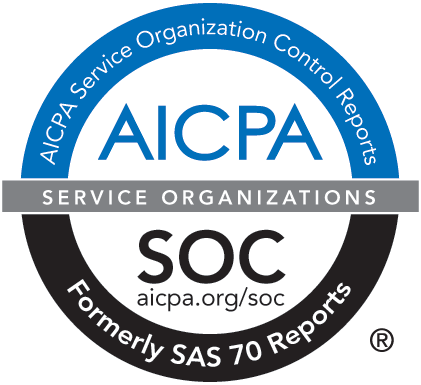Active or Passive Investing? Time to Phone a Friend
June 24, 2019 - Sometimes fielding investment-related questions from nonprofit board members can make you feel like you’re a contestant on a popular game show. Imagine for a moment that your newest board member asks you to provide insight on active versus passive investment management.
“Is it true that an active investment strategy can outperform the overall market?” she asks.
Having a limited background in investing institutional assets, you decide to use a lifeline and phone a friend, your trusted Outsourced Chief Investment Officer (OCIO), HighGround Advisors.
One of HighGround’s investment experts answers the phone and responds to your question. First, he points out that the question of active or passive management is really an asset class strategy decision including the types of investment risks and sources of return you want for a particular asset class.
HighGround’s investment expert continues, explaining that asset classes are generally defined as broad groupings of investments that exhibit similar characteristics and tend to react and perform similarly in different market conditions. He notes two prominent asset class examples – fixed income (investments in bonds) and equity (investments in stocks).
Passive management is made possible by the availability of market indexes that serve to “define” the risk and return of various equity and fixed income security markets, he explains. In other words, passive investment management essentially mimics the security holdings, risk and return of a particular index like the S&P 500 for stocks or the Bloomberg Barclays Aggregate for bonds.
He goes on to say that an investor who chooses passive management will invest in the same securities and in the same proportions as a market index which, by extension, implies that the investor’s investment strategy is to take the same risk and earn the same return (less investment fees) as the index.
Active investment management, on the other hand, employs research, analysis and judgment to identify and invest in only those securities that a portfolio manager believes will have greater returns than an index’s return, while avoiding securities the manager thinks will have lower returns than the index, with the goal of outperforming the index after investment fees.
An investor who chooses active management is electing an asset class strategy that consists of a subset of the securities that make up a market index with a different risk and return profile than a market index. The success of an actively managed strategy, therefore, depends on how skillful the investment manager is in selecting securities and managing the risk of the portfolio relative to the asset class’s index.
He summarizes by saying both approaches have pros and cons and the question really boils down to how much confidence your board member has that skilled investment professionals can outperform the index that defines a particular asset class.
HighGround’s Perspective on Active vs Passive
“HighGround has been using active investment management for over 35 years but views passive management as the starting point or default option for all asset classes,” says Joe Wright, HighGround’s Chief Investment Officer.
“Active investment management must be economically justified and only used where the likelihood of outperforming passive index benchmarks after fees is reasonably good.”
HighGround has always had allocations to passive management in our U.S. large cap equity portfolios in recognition of the fact that the large cap space is a highly efficient segment of the market and challenging to outperform on an after-fee basis compared to actively managed options, Joe explains.
HighGround has extensively researched the active/passive management question and it, combined with our performance track record, suggests active management can add value above passive options in virtually all other asset classes. Although active management has had its challenges in recent years, HighGround has had good long-term success in U.S. small cap equity, international equity and fixed income which have all added value compared to passively managed index strategies, Joe says.
Finally, he notes that HighGround’s actively managed portfolios tend to hold higher quality securities which can be particularly beneficial in periods of heightened market volatility. Sometimes the value that active management brings is not in the good markets, but during market dislocations where the payoff comes from having a risk-controlled portfolio of well-managed, industry-leading companies that are better able to maintain value and protect capital compared to passive index strategies that by design capture the market’s full decline.
Final Answer
Can an active investment strategy outperform the overall market? Yes!
Although we caution that it is challenging to outperform index benchmarks in U.S. large cap equity, HighGround’s research and historical performance both suggest that skilled active managers can add economic value above benchmark indices after fees in all other asset classes compared to the after-fee performance of passive, index-based strategies.



